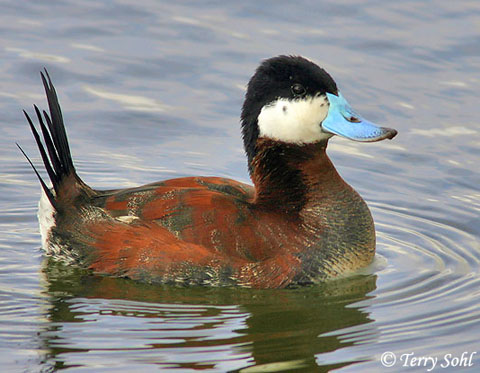
I found out today that one our young readers really likes ducks, so today’s Fact on the Ruddy Duck is for my friend Emma. Actually, one of our old readers, my dad, also really likes ducks so this fact is for him as well. In order to learn about them we need to explore some marshes throughout North America. Luckily the Ruddy Duck was accidentally introduced into Great Britain and has consequently spread across Europe. I say “luckily” since now our European friends don’t need to travel all the way to North America to see these beautiful birds.
The ruddy duck is a diving duck that feeds mainly on the seeds of aquatic plants, leafy plants and of course, invertebrates. These particular ducks are very abundant during the summer, however, you will hardly get to see them. They tend to be very shy and spend most of their time hiding in the cattails surrounding the edges of wetlands. Now we know where to find these colourful, little ducks so it should make our expedition a little easier.
Speaking of colourful, you will notice that the male ruddy duck has a nice rust coloured body, blue beak and a black cap. As with most ducks, the female tends to be dull and boring. The lady ducks have a gray-brown body and grayish coloured head. I suppose the males are brightly coloured in order to gain the attention of their female friends. If you look at the picture again, you will notice that the duck has its tail feathers sticking straight out of the water. I am not exactly sure why they do this but it is an interesting characteristic of the little duck.
Ruddy Duck Fast Fact: The ruddy duck loves the water and is one of the most aquatic ducks out there. In fact, they have a tough time on land since their feet are placed so far back on their body. The placement of their feet helps them dive but they are not going to win any sprinting competitions anytime soon.
I hope you enjoyed today’s fact on the Ruddy Duck!

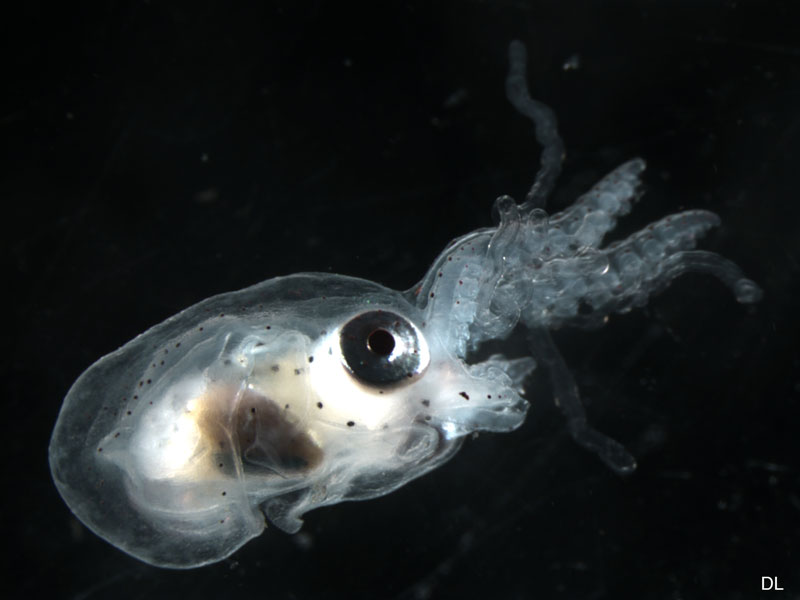

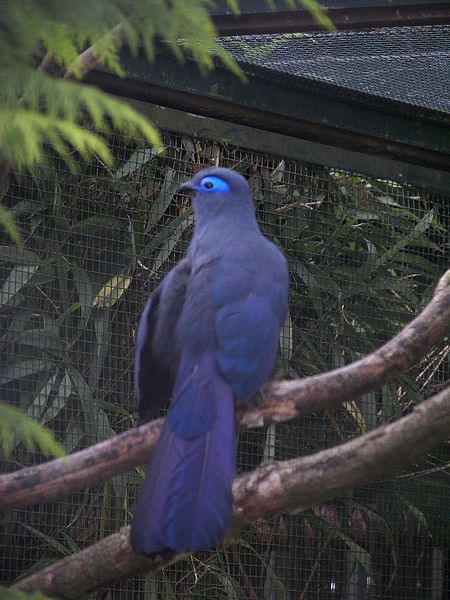
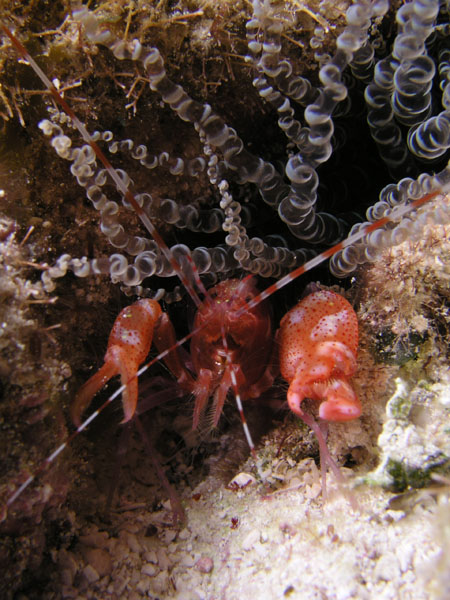
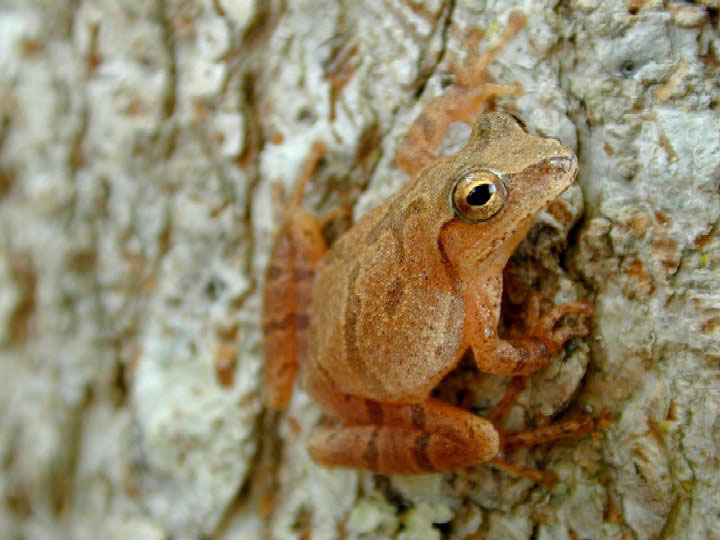
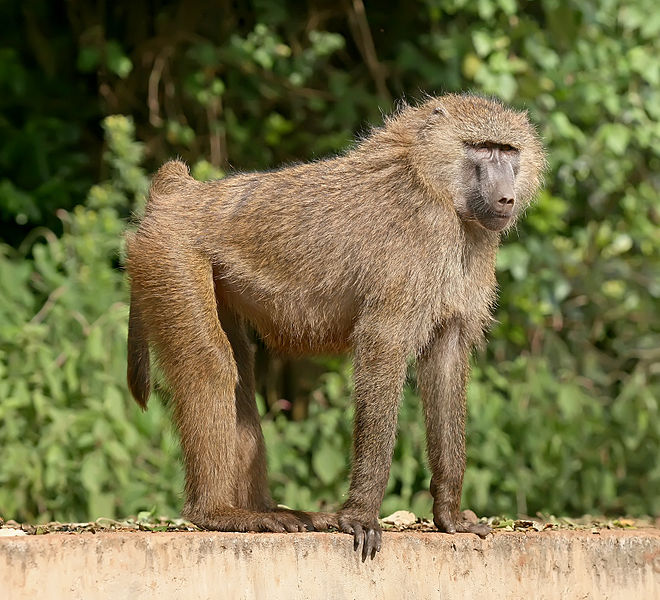
why does it have a blue beak?
Hi Hailey,
This is a great question with a surprisingly complicated answer. The colour of bills in most ducks is as a result of a pigment (basically a coloured dye). In the Ruddy Duck the bill is blue due to structural complexities. This causes the different wavelengths to be absorbed and makes the colour blue. I hope I was able to explain this answer for you but if you have more questions than please ask.
As far as why the ducks beaks turn blue! It has to do with mate selection. The male ducks will actually change to this bright colour as pictured above during the mating season. In the winter the males will lose their feather and change to a boring brown colour and greyish beak (a lighter blue). When the mating season comes back around they change colours again. Interestingly enough, the older males will change colours first to give them an advantage in attracting a mate. I hope this answers your question.
Thanks for stopping by and asking a great question!
@Nathan, thank you for ansewring that question for me.And my brother has to do a project on elephant’s do you know any interesting fact’s about them?
Hi Hailey,
I do believe we have a few posts on the Elephant that can be found here:
http://wild-facts.com/category/mammals/elephants/
I believe the posts in the past have focused on their complex behaviour. Perhaps I will attempt to close out this week with a fact on some interesting physical characteristics of the elephant but I can’t promise anything.
Have a great day, Hailey.
This is one of the prettiest ducks I have ever seen! Thanks for posting Nathan!
No problem! It is a cool looking duck. It is too bad it turns to the boring colour during the winter months.
I love ruddy ducks. I enjoy their stiff tails and their ability to swim underwater.
Thank you so much for posting this and I look forward to my subscription to find out more!!!!!!
Have a lovely day Nathan 🙂